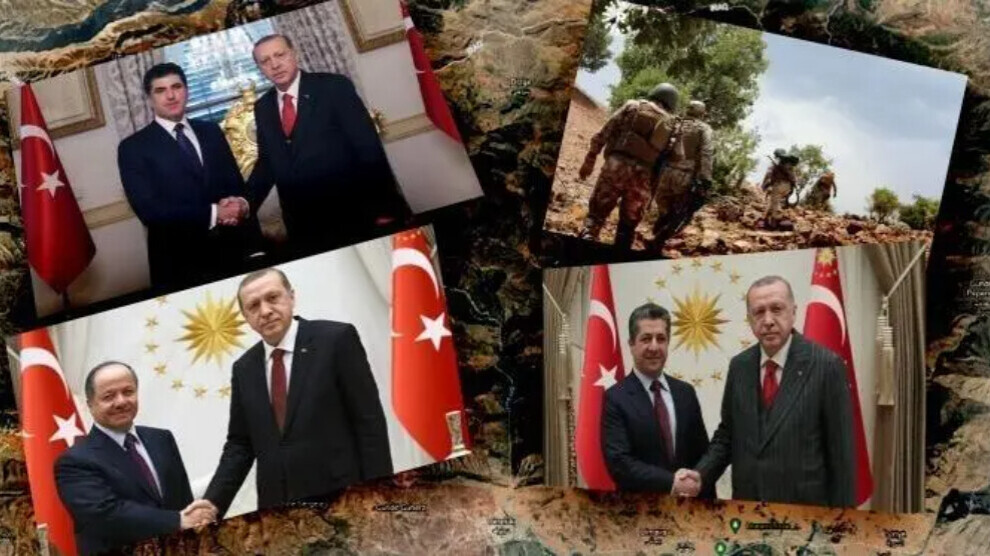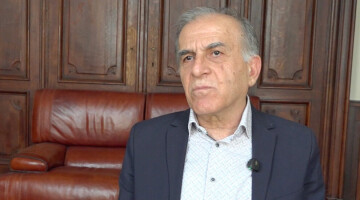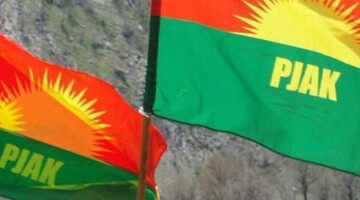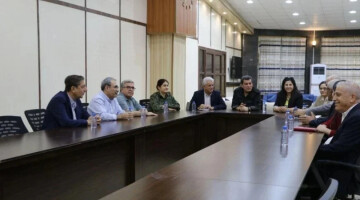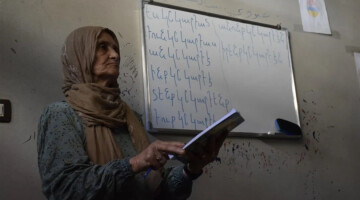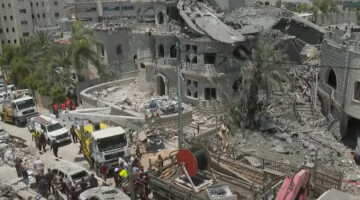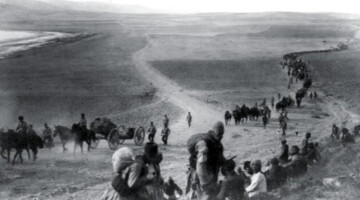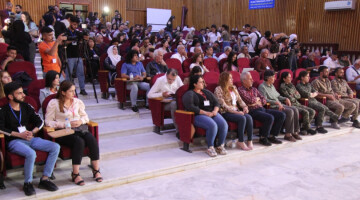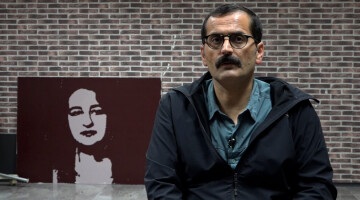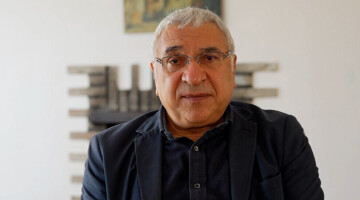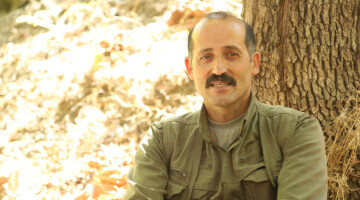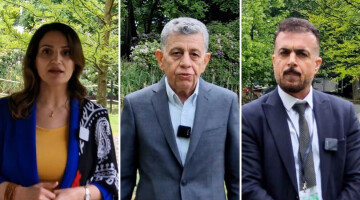As a result of every revolutionary operation by the guerrilla, the entire Turkish special war media and its elements are on high alert, leaving no stone unturned and no head on shoulder. After satisfying the emotions of the fascist hordes for a few days, the agenda is quietly closed and the last traces left in the memories are the perception of a 'rooted out, destroyed guerrilla unable to move'. This soap opera continues until the next revolutionary operation, and when the guerrilla carries out revolutionary operations, there is first a great surprise and shock. Because the last thing they remember is a guerrilla force that is destroyed, rooted out and unable to move.
This time, the special warfare elements start to analyse the scenarios and each time they draw a scenario by adding someone behind and someone in front of it. In the end, those who are behind and in front of the work are again identified and they are presented to be the main ones responsible, and in the end, it is concluded that the Turkish army is an absolute success. On 12 January, after the Martyr Helmet Dêreluk Revolutionary Operation carried out by the guerrilla, this mob had another shock. According to the Turkish special warfare elements, this time the perpetrator was the people of the region, while the Barzanis and KDP were local partners who failed to fulfill their responsibilities. With a brush in their hands, they marked the villages of the region on the map, calling them the centre of the attacks, making the people of the region the scapegoat and openly hinting at killing them and destroying their villages. The local partners now have to do the rest...
The Barzanis and the KDP, on the other hand, are taking action without wasting any time. So much so that they are brazen enough to evacuate the villages in the region to appease the Turkish state. As a result of the guerrilla's revolutionary operations, the KDP comes to the aid of the Turkish army, which has lost more than half of its positions in the Amediyê region. In the first stage, it mobilised to retrieve the dead and wounded members of the Turkish army from the region, and in the second stage, it made efforts to strengthen and rebuild with construction machines and diggers the positions of the Turkish army that were burned and destroyed by the guerrilla.
Nowadays, the stage of oppressing the people of the region and evacuating the villages has begun. The villages of Spîndarê, Mijê and Kevne Mijê were first threatened by the Amediyê district governor to make the villagers leave their houses and evacuate the village. Then, when the villagers refused to leave their houses, the power lines were bombed by warplanes and the villages were left without electricity. Then KDP officials called the villagers and told them to leave the village quickly as the village would be bombed that evening, and the village was indeed bombed by Turkish warplanes in the evening. Two days later, the villagers were given 3 hours to evacuate the whole village. Now, all 3 villages mentioned have been evacuated by the KDP and turned into an operation area for the occupying Turkish army.
Although the people of the region are making a great effort to return to their villages, the KDP does not allow them to do so, and they say to many villagers who insist on it, 'go if you want, we will not be responsible for your death'. It is very clear that the Turkish army is committing genocide in the region and the Barzanis and the KDP are partners in these attacks. Another practice is that the KDP is now doing in the name of the 'Kurdistan Government' what is far worse than the methods used by the Turkish state in northern Kurdistan in the 1990s. Local people take supplies to the villages in kilos, and if it happens to be a bit much, it immediately becomes a reason for their arrest and the confiscation of their supplies. It should be added that half of those jailed in KDP prisons these days are arrested for supposedly trading with the PKK, aiding the PKK and being a member of the PKK.
While the Barzanis provide these services for the Turkish state, Hewlêr is bombed by Iran with ballistic missiles and UCAVs. However, the Barzanis and the KDP had previously provided similar services for the Iranian state as well. They had disarmed the Rojhilat parties, gathered them in camps and had some of their leaders killed by providing intelligence to the Iranian state. But despite all this, Iran does not stop, and they cannot stop it. Because for years they have made every effort to legitimise the Turkish occupation and all three Barzani teams themselves created this ground for the occupying states. All this is obvious, as well as the practice of legitimising the occupation and genocide operation carried out by the Turkish state and covering up its crimes on behalf of the Kurdistan Government in the field of international law, by using its influence within the Iraqi central government, in particular by using the Ministry of Foreign Affairs. They can still shamelessly and brazenly come out on top of all this and say that 'The PKK has brought the war to our villages.'
As a result of the revolutionary operations carried out by the guerrilla, the following picture emerges: guerrilla forces eliminated the Turkish bases in Amedîyê 3 times through the actions and revolutionary operations they carried out from November to January. However, each time, the KDP mobilised and they were restored in a week. The KDP continues to transport construction equipment, construction materials, vital food supplies for the occupying Turkish state and ensures the safe passage of armoured vehicles and tanks deployed to the region. At many points, the KDP continues to build kalekols (high security castle-like outposts) for the Turkish state. Finally, the practice of village evacuation...
With these practices, the Barzanis and KDP are imposing surrender and collaborationism on the people of the region. But on the contrary, the people of the region resist against the occupation operation and the most concrete symbol of this is the guerrilla Helmet from Dêreluk, who fought heroically and fell a martyr.

